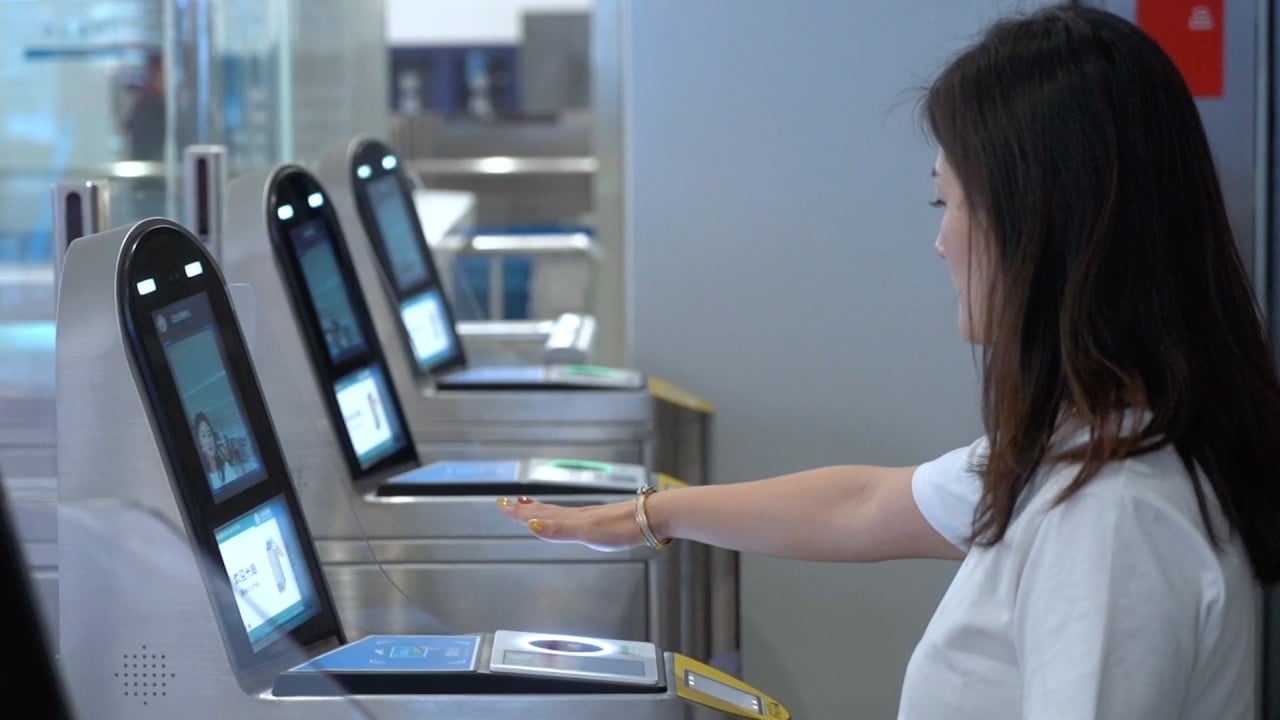
China’s digital yuan office was too generous in pay rises, audit finds, but rapid expansion continues
- The Digital Currency Research Institute gave employees an average pay bump of 28 per cent in 2020, eight times the typical ceiling for government departments
- The central bank agency responsible for developing China’s digital currency went on a hiring spree in 2022 with salaries topping US$130,000 per year
China’s Digital Currency Research Institute, the central bank agency responsible for developing the digital yuan, was too generous in pay rises given to staff in 2020, coming in at eight times the typical ceiling for central government departments, according to an audit report published this week.
Workers at the department under the People’s Bank of China received an average salary bump of 27.93 per cent that year, the government’s National Audit Office said in its report. It offered a rare glimpse at the inner workings of the organisation that oversees the most widely used central bank digital currency (CBDC) of any major economy.
Seven years after it was established, the agency with the potential to shape the future of money in China offers little information about itself. It has no official website and offers no public data on its payroll size, budget or organisation chart. It was set up with the task of researching a digital currency that was first trialled in 2019 as the Digital Currency Electronic Payment, now widely referred to as e-CNY.
China brings digital yuan machines to Sanya to boost e-CNY use
The institute is one of hundreds of government agencies named in the audit office’s report as having financial irregularities. The National Internet Finance Association of China – another agency under the central bank founded in 2016, which was set up to tame the country’s online finance firms – was found to have lost 4.65 million yuan on short-term investment products.
Still, e-CNY adoption appears to be slow-going. The billions of yuan in e-CNY payments is just a fraction of the 500 trillion yuan in mobile payments made in China last year. And for consumers, there is no real difference between e-CNY and traditional payment channels when going through the country’s popular mobile payment apps.


